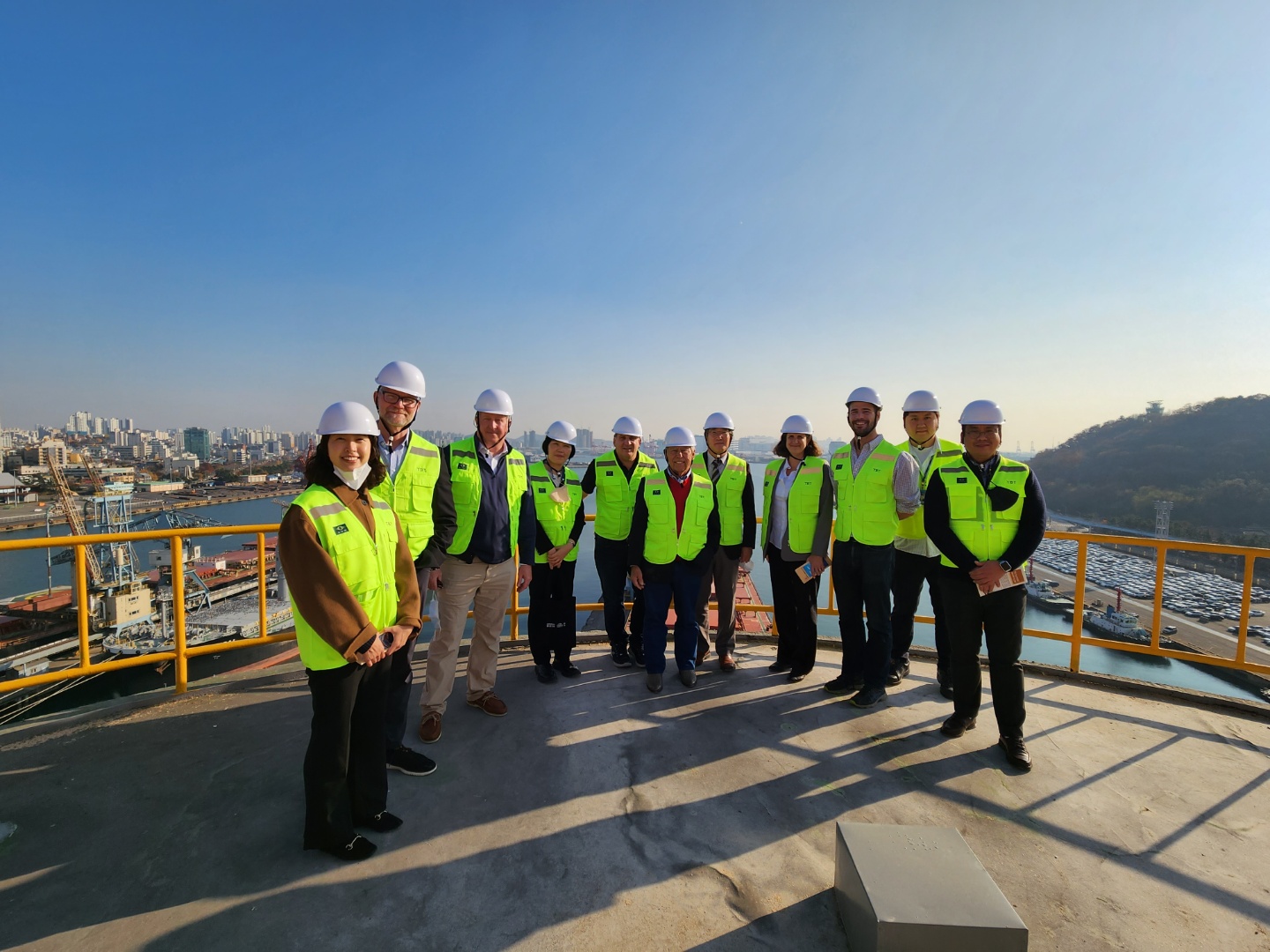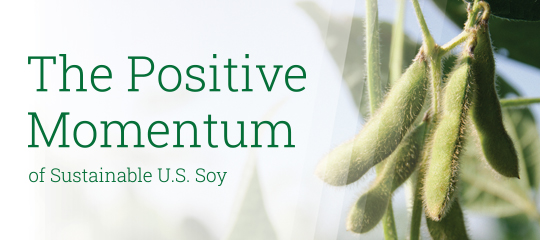
The U.S. Soybean Export Council, with support from the soy checkoff, recently hosted a series of major events across Japan and South Korea, meeting with some of the most important customers of sustainable U.S. Soy.
The Japan Outlook Conference and the Korea Outlook Conference provided an opportunity for USSEC to provide updates on the outlook for U.S. soybeans and assurances for customers that they would remain a reliable supplier for both markets with production continuing to be robust.
U.S. speakers at the events included Rosalind Leeck, Executive Director of Market Access and Strategy and NEA Regional Director at USSEC, William McNair, Director of Oil and Soy Food Programs and NEA Deputy Director at USSEC, Seth Lon Naeve, Professor, University of Minnesota and Marty Ruikka, President, The ProExporter Network.
Customers were also able to hear directly from U.S. soybean farmers, with Bill Bayliss from Ohio and Robert Petter from Arkansas providing updates on both conventional and non-GMO production of soybeans in the U.S.
Bayliss and Petter, who are also directors on the United Soybean Board, discussed their own commitments to providing quality soybean products to customers and ongoing efforts to develop the most sustainable crops possible. U.S. Soy farmers are leading the way in implementing sustainable, regenerative agriculture practices and U.S. Soy has the lowest carbon footprint compared with soy of other origins.
“It was clear that both Japan and Korea soy buyers are very much in tune with our industry and soy usages both present and future,” said Petter, “There’s a strong desire for high oleic soybean oil and concern about our ability to produce enough for both U.S. consumption and their demand as well.”
“Japan and Korea are mature U.S. Soy markets, Bayliss said. “We need to acknowledge and maintain good personal relationships in respect to the past and for the future.”
Discussions also included a focus on the Global Soybean Complex Outlook 2022-2023, an update on the sustainability of U.S. Soy, and details about the Soybean Value Calculator, an innovative tool for soybean crushers to calculate and compare the economic value of soybeans from various countries.
“Japan and Korea prefer the dependable quality and supply of U.S. beans, said Bayliss, “their first concern is sufficient supply of food grade quality grown in a sustainable manner.”
Participants included important IP soy food stakeholders from the Natto Association, the Japan Tofu Association, Japan vegetable protein association, and brokers and soy food manufacturers. They were particularly interested in the topics of soybean production performance, the supply outlook, transportation issues, recent developments in the Japanese natto market, sustainability initiatives, and the potential for overseas expansion of natto food culture in the future.
"It was very meaningful to have this kind of event to build the relationship between the U.S. and Japan at this time of great procurement uncertainty due to the Ukraine conflict and price hikes caused by increased energy demand,” said Yoshihiro Noro, chairman of Japan Natto Cooperative Society Federation and the president of Kamakurayama Natto.
The Japan Outlook Conference included more than 120 attendees, representing all major importers, crushers refiners and brokers. The Korea Outlook Conference drew more than 100 participants, including major buyers and stakeholders from the crush, refining and oil sectors, and IP soy food buyers.
USSEC also hosted the Natto Summit in Japan, a two-day event focused on trends in foods and discussions around developing strategies to grow the market for natto. It was held in conjunction with the Natto Association, Specialty Soya and Grains Alliance, and was funded by the U.S. Department of Agriculture and the North Dakota Soybean Council.
Natto is a traditional Japanese food made from fermented soybeans. Fermentation breaks down the proteins in the soybean, making it easier to digest than whole soybeans. Commonly eaten at breakfast, natto is popular in Japan for its nutrients. Natto soybeans are small, with a clear hilum and thin seed coat.
Natto is an important market for U.S. soybeans, with the U.S. providing most of the raw material for the market, and 70% of Japanese Natto produced with soybeans sourced from the U.S.
USSEC also participated in Japan’s 26th Annual National Natto Competition and provided an award for the best natto produced with sustainably sourced U.S. natto beans. The competition is held annually by the National Natto Federation to determine the best natto of the year, a highly functional food of which Japan is proud to be a world leader.
This story was partially funded by U.S. Soy farmers, their checkoff and the soy value chain.
